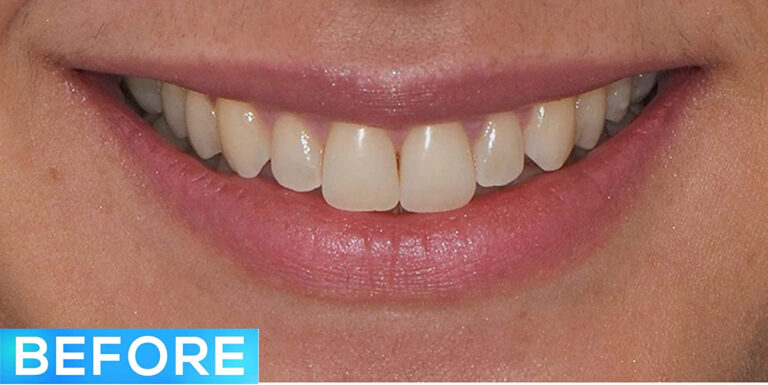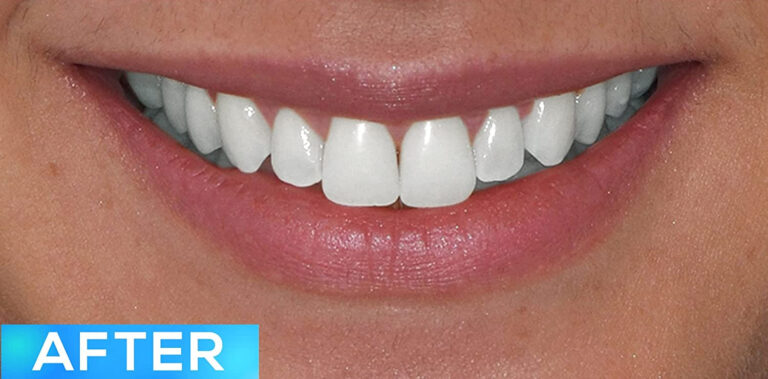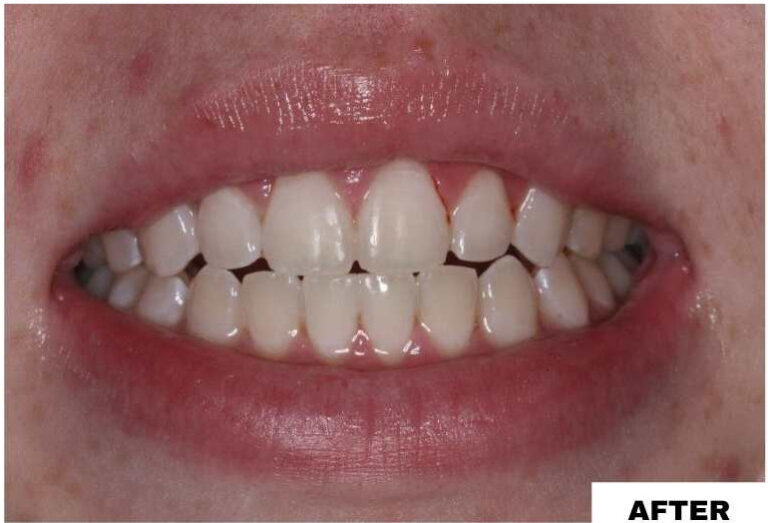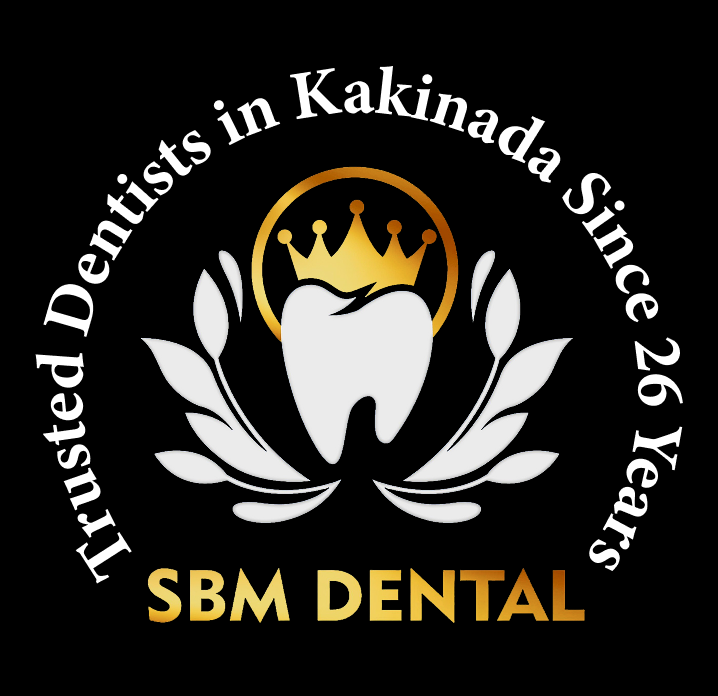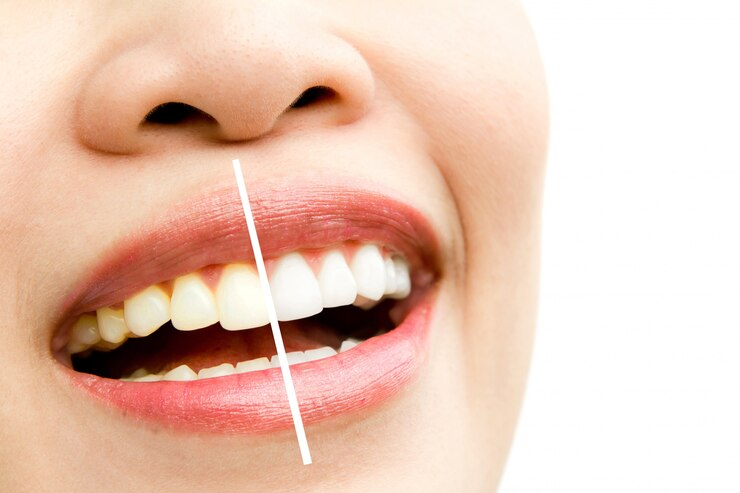
Teeth Whitening in Kakinada
Teeth whitening
Everyone dreams of a radiant, enchanting smile that could light up any room and captivate attention. While regular oral care is essential, some smiles naturally possess a softer, subtler glow. If your smile feels more like a hidden treasure rather than a sparkling gem, professional teeth whitening can unveil its magical brilliance, giving you the dazzling smile you’ve always imagined.
Tooth whitening is a cosmetic dental procedure designed to lighten the color of teeth, enhancing their appearance and contributing to a brighter, more confident smile. Utilized in dentistry for decades, tooth whitening is particularly effective on mildly discolored teeth, while darker stains, such as those resulting from antibiotics, may require more extensive treatment.
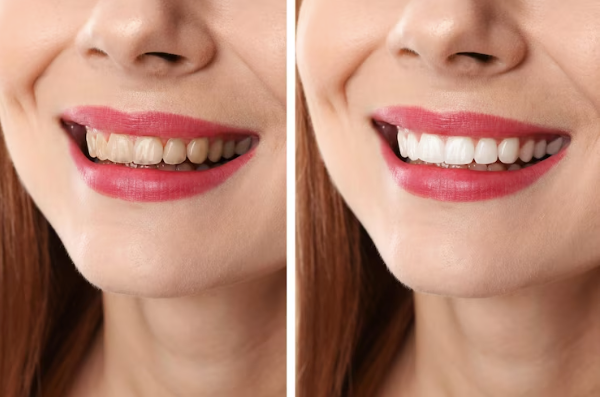
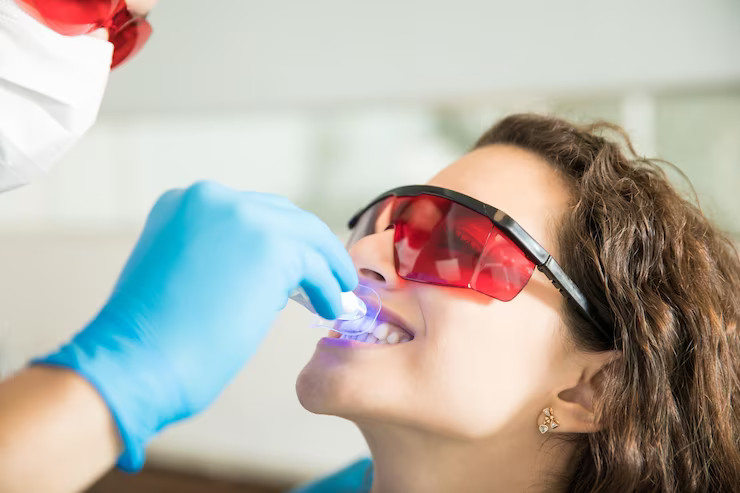
Ideal Candidates
Tooth whitening is best suited for patients who:
• Have healthy, unrestored teeth without fillings.
• Desire a noticeably brighter smile.
Causes of Tooth Discoloration
Common factors contributing to tooth discoloration include:
• Aging
• Consumption of staining substances (coffee, tea, colas)
• Smoking
• Dark dental stains
• Congenital discoloration
• Antibiotic-induced stains (e.g., Tetracycline)
How Tooth Whitening Works
Safety and Effectiveness
Potential Side Effects
Some patients may experience temporary side effects, including:
• Increased tooth sensitivity, particularly to cold stimuli
• Mild gum discomfort
• Sore throat
These symptoms typically subside within 1-3 days following the cessation or completion of treatment. Additionally, white fillings in visible areas may need replacement post-whitening for aesthetic consistency.
Types of Tooth Whitening
1. Home Bleaching
2. Professional In-Office Bleaching
During professional bleaching:
• A protective rubber dam is applied to safeguard gums.
• A bleaching solution is meticulously applied to teeth.
• Specialized lights or lasers enhance the effectiveness by activating the bleaching agent.
The procedure typically takes around one hour, providing immediate results, although severely stained teeth may require additional sessions. For optimal and long-lasting results, home tray usage is often recommended following professional bleaching.
3. Whitening Toothpastes
4. Whitening Strips
Maintenance and Follow-Up
Rated ★★★★★ by Our Patients
Results with laser tooth whitening is chilling. I am so happy with whiter tooth. It changed my way of smile and looks also. Thank you sowjanya sangani mam for the nice and professional work. I recommend this hospital
Good Hospital and Nice Services.I came for tooth whitening and the results are satisfactory.Ofcourse little costly but the German whitening kit is worthy is my feeling.
I visited SBM dental Hospital kakinada for Dental filling, I'm totally impressed with this hospital overall I just loved the treatment and doctor's are so friendly..... Highly recommend...
Best Dental Hospital in kakinada .I had two dental implants placed in my mouth.
Very Good and absolutely painless.Thanq Dr Satish garu and sbm dental hospital staff.
I recently had a dental scaling procedure done and I'm very happy with the results. The process was smooth and comfortable. The dentist was very professional and explained everything clearly before starting. Thank you sir
I took treatment at SBM Dental Clinic. I felt really good about it.
Now I am very happy because my smile looks very beautiful. Thank you SBM and staff for the good service.
Google Rating Score:5.0 of 5, based on 1856 Reviews
Before / After
